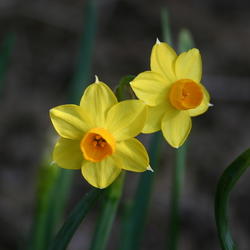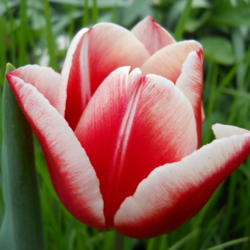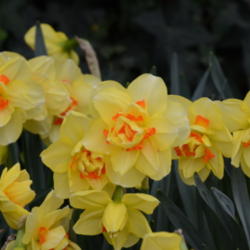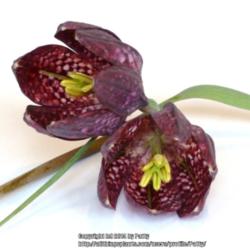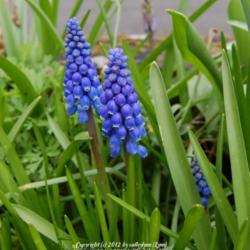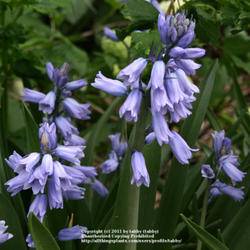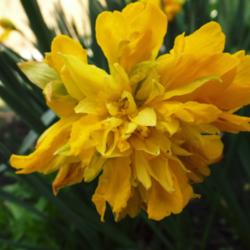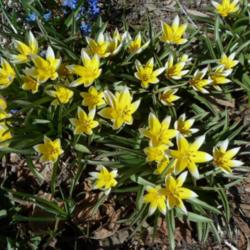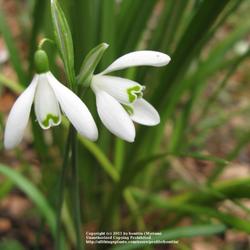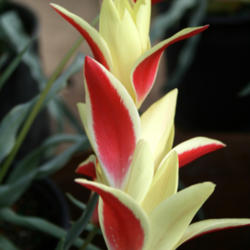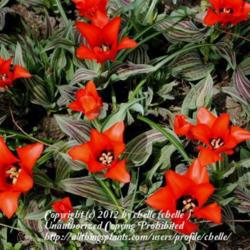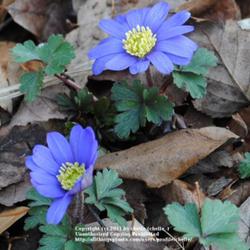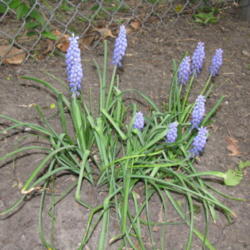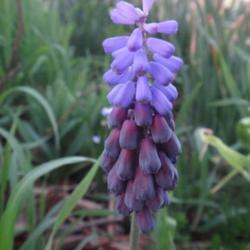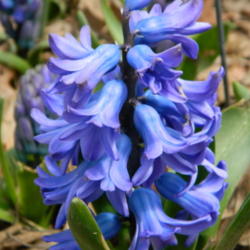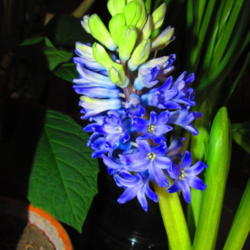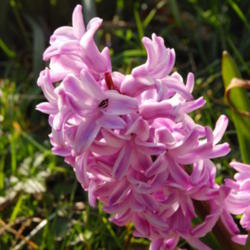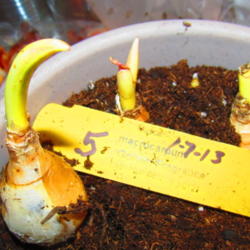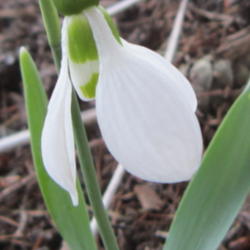#1: Daffodils (Narcissus)
@jmorth says, "Most daffodils are easy to force over winter. Deep pots are best, allowing room for root development. Need good drainage. 5 typical sized bulbs do well in a 6" pot. Bulbs may be placed in close proximity to each other but preferably not touching. Press firmly into the medium and add more medium to cover "shoulders" of bulbs. This too should be firmed in.
Grower can force two ways...1) pots may be placed outdoors, plunged into the earth, and covered with a protective layer of insulation (light soil, leached ash, straw, or pine needles). Protective layer must be a substance through which emerging buds (shoots) may grow through unobstructed. Maintain watering (but not too much). Usually 12 weeks is sufficient outside. When brought inside, essential to initially keep them cool. Water more freguently, never allowing them to become dry. The higher the humidity the better.
To use in following seasons, flowering stems are removed, weak tomato (high potash) fertilizer may be applied, keep in bright light till warm enough to translocate, then plant bulbs outside. They often bloom the following season, but sometimes may need a season to recover.
2) May be potted up as described above in the fall. Let roots get a good start by watering pot and letting it sit for a week or so before placing into a dedicated refrigerator with temperature maintained around 34 to 40°.Check to water periodically. 12 weeks later (obvious growth noted, pots well rooted), may be removed. I let mine acclimate under fluorescent lights in the basement where winter temps average around 60° for a week or so. When buds are about to burst, move upstairs for display. To enjoy in subsequent seasons, as described above, transplant into garden.
Before having a refrigerator dedicated to forcing, I was able to successfully force by utilizing a covered outside stairwell to basement. Bulbs were potted up, placed in big totes, and then totes were placed in stairwell and covered with blankets. This method's advantage was less watering (humidity maintained by enclosure)."
